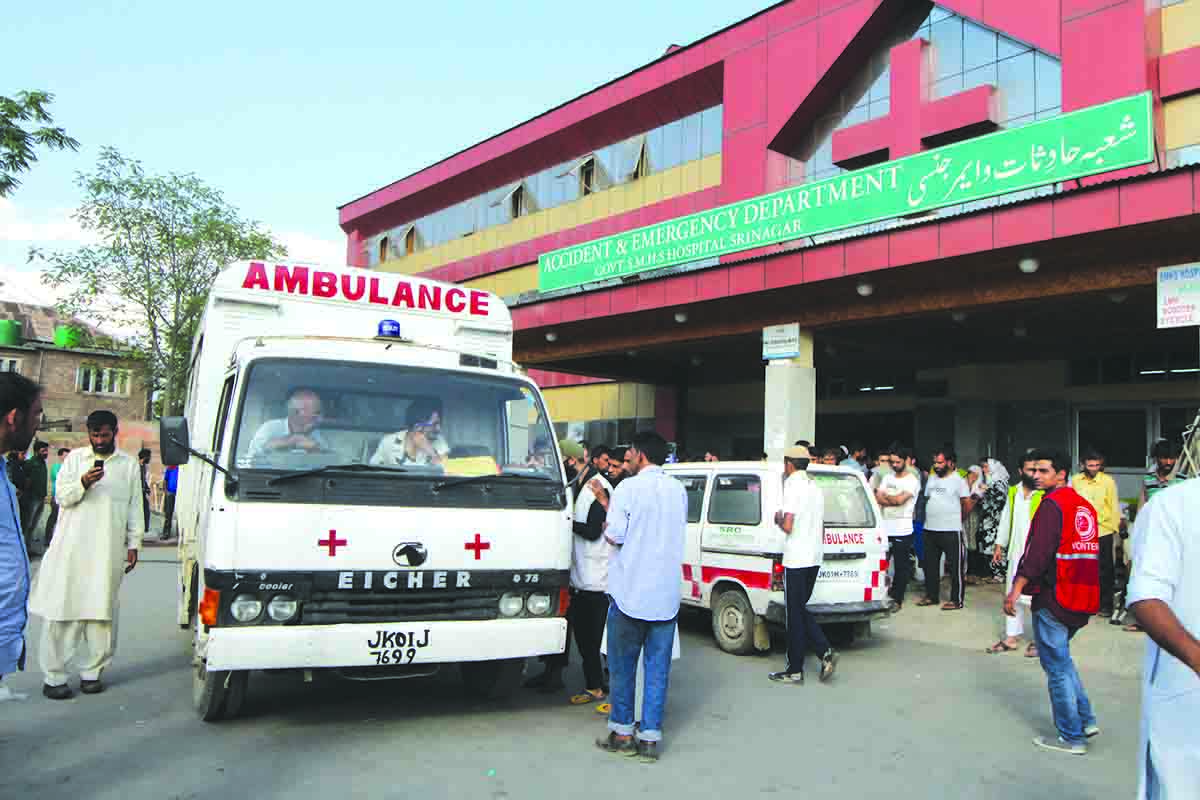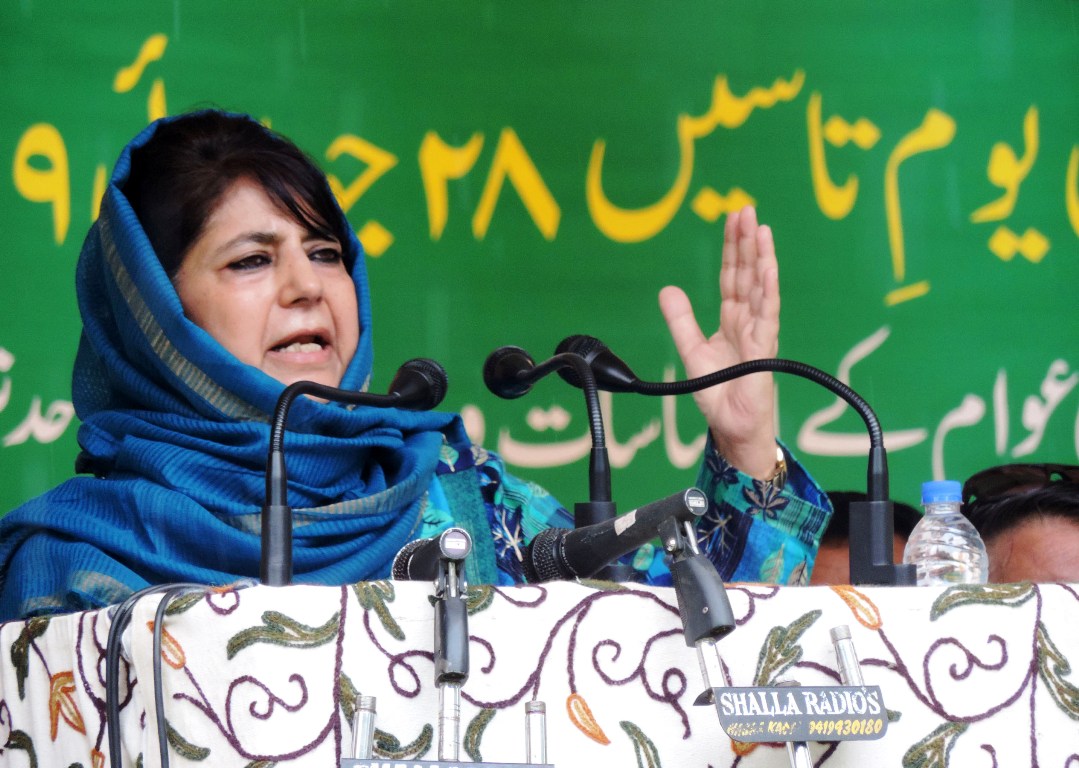SRINAGAR: When a 65-year-old patient plagued by recurrent upper abdominal pain approached the SMHS medicos, little did they know, they were about to confront a medical anomaly that would challenge their expertise and ingenuity.

Within the confines of the patient’s Common Bile Duct (CBD), a staggering 61 stones had taken root, defying medical convention with their unprecedented presence. Ranging from a colossal 2 centimetres to the minuscule 4-5 millimetres, these stones posed a formidable obstacle to the patient’s well-being.
The skilled surgeons of the Department of Surgery at Government Medical College (GMC), Srinagar, led by Dr Arshad Rashid, Associate Professor, alongside Dr Abul Hameed Samoon and Dr Rifat, the team decided to opt for laparoscopic intervention.
For the patient, who had already undergone multiple rounds of Endoscopic retrograde cholangiopancreatography (ERCP), surgery emerged as the inevitable next step. With a high load of stones rendering ERCP ineffective, the decision was made to opt for surgical intervention, sparing no time in tackling the growing menace within.
Guided by the transformative power of minimally invasive laparoscopy, the surgeons navigated through the intricate terrain of the patient’s CBD, meticulously extracting each stone with precision and care. Despite the unprecedented challenge, the surgery progressed seamlessly, with the patient poised for a swift recovery in the days to come.
But the journey didn’t end with the successful removal of the stones. Recognising the possibility of recurrence, the surgeons took proactive measures, creating a pathway between the CBD and duodenum to facilitate the smooth passage of any future stones, ensuring the patient’s long-term well-being.















